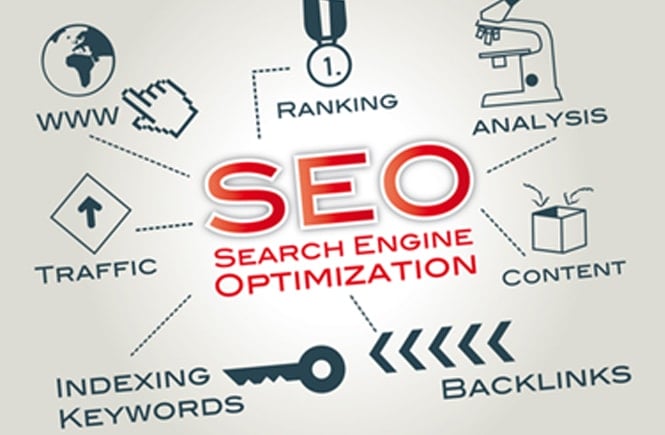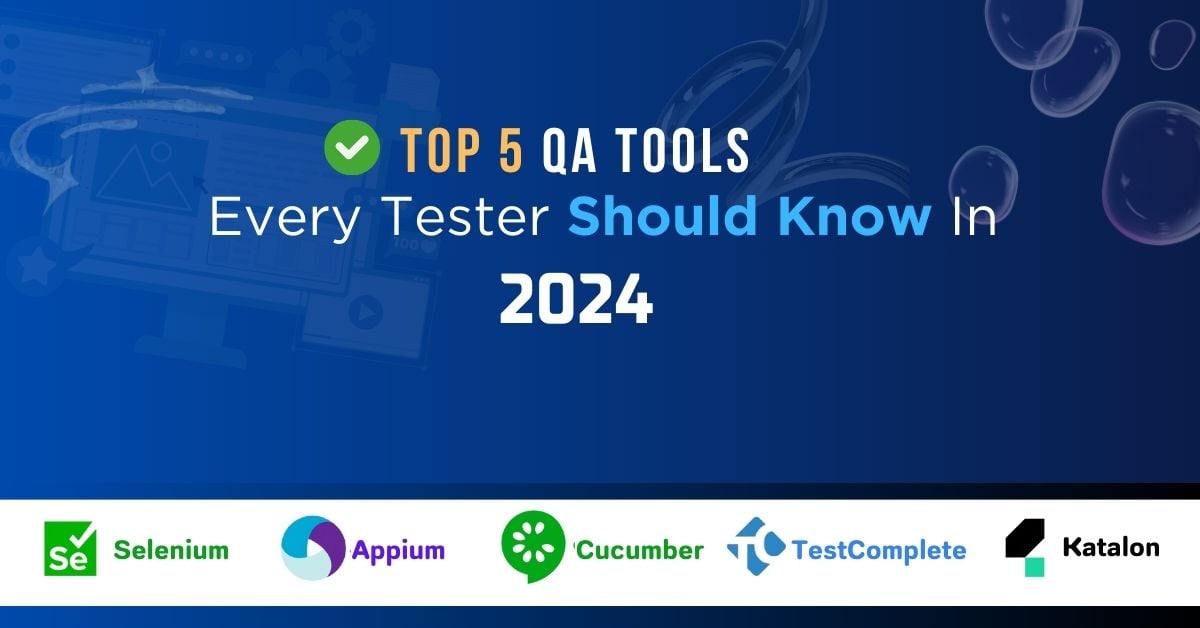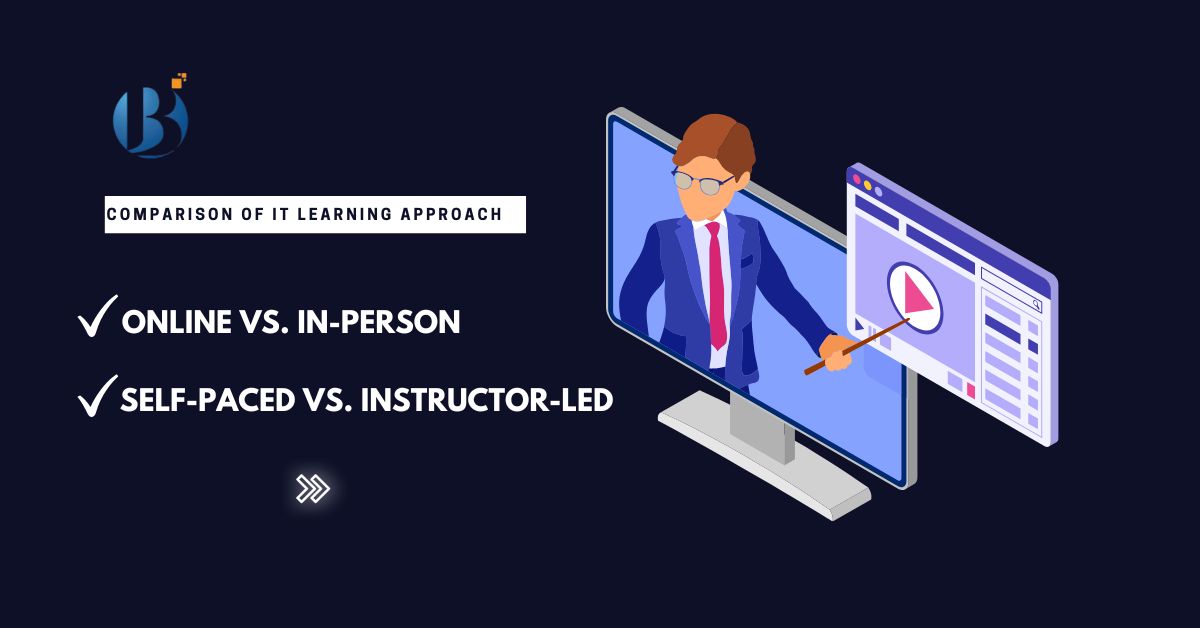In today’s fast-paced digital landscape, email marketing remains a crucial tool for businesses aiming to engage and connect with their audience, nurture leads, and drive conversions. It’s like sending out personalized invitations to your birthday party.
However, manually sending emails to your subscribers and customers is not a scalable approach, especially when you want to deliver personalized content at the right time. That’s where email marketing automation comes into play.
Just as you wouldn’t individually handwrite party invitations for each friend, email marketing automation streamlines the process. It’s like having a digital party planner who ensures that the right invitations are sent to the right guests at the perfect time, making your party a big success.
In this hands-on guide, we’ll explore the ins and outs of email marketing automation, helping you harness its power to supercharge your email campaigns. So, think of it as having a fantastic party planner to make your digital invitations more effective and enjoyable for your guests!
What is Email Marketing Automation?
Email marketing automation is simply the utilization of software and technology to streamline, personalize, and optimize your email marketing efforts. It involves sending emails automatically to subscribers based on their behavior, preferences, and other predefined criteria.
Automation makes it easier to deliver the right message to the right person at the right time, resulting in increased engagement, higher conversion rates, and a more efficient use of your marketing resources.
Why Use Email Marketing Automation?
There are numerous factors that make email marketing automation a valuable asset for businesses. Some of them are listed below:
1. Time and Resource Efficiency: Automating your email campaigns saves time and resources. You can set up your emails in advance and schedule them to be sent at the optimal times, reducing the need for constant manual intervention.
2. Personalization: Automation allows you to tailor your messages based on your recipients’ behavior, preferences, and demographics. This personalization improves engagement and fosters a stronger connection with your audience.
3. Improved Lead Nurturing: Email automation is a powerful tool for lead nurturing. You can create drip campaigns that gradually guide your leads through the sales funnel, providing relevant content at each stage of their customer journey.
4. Segmentation: Segmenting your email list is made easy with automation. You can categorize subscribers based on their interactions with your content, such as their purchase history or website behavior, and send them highly targeted emails.
5. Analytics and Insights: Automation tools frequently include comprehensive analytics features, enabling you to monitor statistics like email open rates, click-through rates, and conversion rates. This empowers you to assess the efficiency of your campaigns and base your decisions on data-driven insights.
Benefits of Email Automation
Take a look at the benefits of email automation for your marketing efforts:
- Personalize Customer Experiences: Customers greatly appreciate personalized experiences, and through email automation, you can design a sequence of automated emails that nurture customer relationships, thereby enhancing the effectiveness of your email marketing efforts.
- Optimize Your Team’s Time: Automation streamlines tasks like compiling email lists and scheduling messages, freeing up your marketing team to shift focus on building deeper customer relationships.
- Enhance Customer Retention: It’s more cost-effective to sell to existing customers than trying to get new ones. Automation enables you to stay in touch regularly with relevant content, boosting customer retention.
- Scalability: The manual email series is limited by your staff’s capacity. Automation allows you to scale your efforts without adding extra resources, ensuring messages are sent at the right time based on customer behavior.
Getting Started with Email Marketing Automation
Let’s explore the key steps and strategies required to get started with email marketing automation and unlock its powerful potential for your business.
1. Select the Right Email Marketing Automation Software: There are various email marketing automation tools available, such as MailChimp, HubSpot, ActiveCampaign, and more. Select the one that aligns with your needs and budget.
2. Build Your Email List: Concentrate on expanding a high-value subscriber list comprising individuals genuinely intrigued by your content.
3. Segment Your Subscribers: Categorize your email list into segments according to factors like demographics, buying patterns, and user actions. This segmentation is essential for delivering targeted content.
4. Create an Email Marketing Plan: Outline your email marketing strategy, including the types of emails you want to send, the goals of each campaign, and the frequency of your emails.
5. Design Engaging Emails: Use templates to create visually appealing emails. Ensure that your emails are mobile-responsive, as a significant percentage of users open emails on mobile devices.
6. Automate Your Campaigns: Set up automated email workflows. Common examples include welcome emails, abandoned cart reminders, and post-purchase follow-ups.
7. Personalize Content: Employ merge tags to insert the recipient’s name and customize the content to suit their preferences and actions.
8. Test and Optimize: Continuously A/B test your emails to refine subject lines, content, and send times. Use the data from your analytics to make improvements.
9. Comply with Regulations: Guarantee that your email marketing campaigns adhere to data privacy regulations like GDPR and the CAN-SPAM Act.
10. Monitor and Analyze: Frequently assess the performance of your email marketing and modify your approach in accordance with the insights you gather.
Best Practices for Email Marketing Automation
When it comes to enhancing the efficiency of your email marketing, following best practices for email marketing automation is crucial. Here, we’ll delve into the most effective strategies and principles you should not ignore in order to ensure your email marketing automation campaigns achieve their full potential, delivering valuable results for your business.
1. Double-check your Emails: Always review and proofread your automated emails to avoid typos or errors.
2. Balance Frequency: Be mindful of the frequency of your emails to prevent overwhelming subscribers.
3. Maintain Relevance: Make sure that your emails consistently align with the preferences and requirements of your subscribers.
4. Clear Call to Action: Each email should have a clear and compelling call to action (CTA).
5. Mobile Optimization: Enhance your email layout for mobile devices, as a significant number of individuals access their email on smartphones.
6. Consistency: Maintain a consistent brand voice, style, and design in your emails.
7. Engage in List Cleaning: Regularly remove inactive or unengaged subscribers to maintain a healthy list.
Email marketing automation is a useful tool that enables businesses to streamline their email campaigns, increase engagement, and drive conversions and, hence, should be used effectively to its fullest potential. In short, to make the most of email marketing, you need to choose the right automation software, build a good email recipient list, and keep following the best practices for email marketing.
Keep in mind that the key to successful email marketing automation lies in providing value to your subscribers and creating a seamless, personalized experience for each recipient. With this hands-on guide, you’re well on your way to mastering the art of email marketing automation and enhancing your overall marketing strategy.







